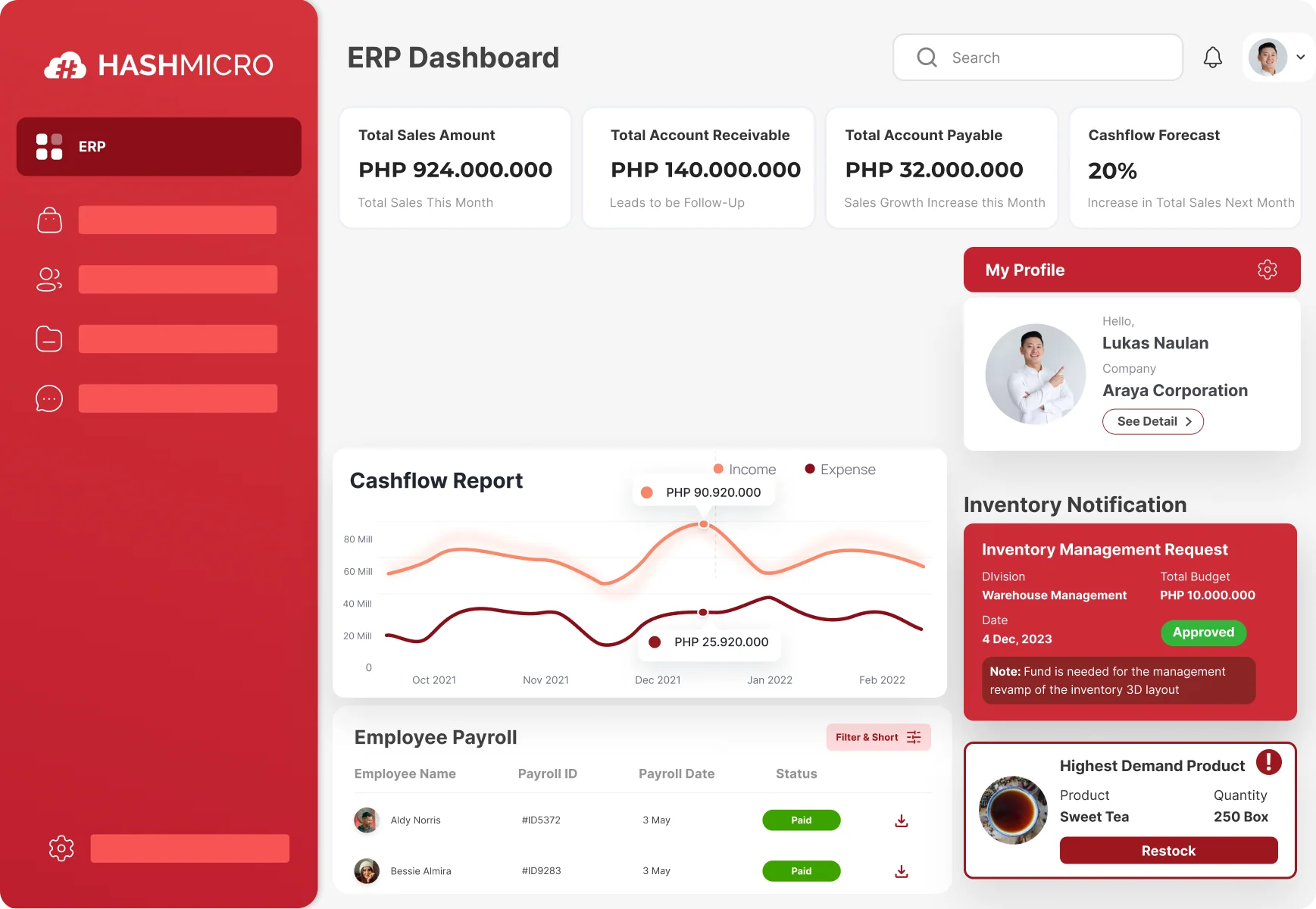The world is changing every day, and every business, including those in finance, needs to develop new initiatives to support the environment. A new initiative, such as green banking, is necessary to ensure the sustainability of our world.
Gusto mong malaman ang higit pa tungkol sa kung paano gumagana ang green banking? In this article, we will discuss the definition, benefits, implementation, and importance of green banking. Continue reading to discover how this concept can lead to positive change.
Key Takeaways
|
Table of Contents

What Is Green Banking?
So, what is green banking? Green banking, also known as sustainable banking, is a banking strategy that focuses on investing in sustainable technologies and environmentally friendly initiatives. This concept gained popularity following the Paris Agreement in 2015, which encouraged banks to support renewable energy projects, reforestation initiatives, and carbon offsetting schemes.
By adopting green banking, banks not only contribute to environmental sustainability and become ESG compliant but also meet the needs of customers who are increasingly concerned about the ecological impact of their financial activities. The bank meets this need by avoiding investments in industries that harm the environment, such as those involved in fossil fuel production.
Why Is Green Banking Important?
The United Nations‘ World Meteorological Organization has stated that greenhouse gas concentrations are once again at record levels, and if the current trend continues, we may see temperature increases of 3-5 degrees Celsius by the end of the century.
This is what makes green banking so important, because the growth of the fossil fuel industry could jeopardize the objectives of the Paris Climate Agreement. The importance of sustainable investing techniques in mitigating climate change is becoming increasingly clear.
On the bright side, a renewable energy-based economy may emerge soon, as indicated by the recent adoption of green banking principles by major banks. A growing number of banks may become increasingly willing to address climate issues, rather than focusing solely on increasing profits, as the advantages of clean energy and climate resilience become more widely recognized.
How to Start Green Banking
Green banking is the process of incorporating environmental sustainability into banking operations and financing decisions. First, define your mission by deciding how your bank will contribute to the planet’s well-being by supporting eco-friendly projects, reducing its ecological footprint, or avoiding industries that harm the environment, such as coal, oil, or deforestation.
Next, offer green products and services, and create banking services that promote sustainability, such as green loans for solar panels, electric cars, and energy-efficient homes. Promote eco-friendly savings accounts or investment options, as well as digital banking, to reduce paper and energy consumption.
Last but not least, implement a ‘go green’ approach in operations and partnerships by utilizing clean energy, adopting a paperless strategy, and minimizing waste in your offices. Additionally, to have a greater impact, consider partnering with green organizations and ESG experts.
Benefits of Green Banking
 Green banking offers numerous significant benefits for the environment, the financial sector, and society as a whole. Here are some benefits of green banking:
Green banking offers numerous significant benefits for the environment, the financial sector, and society as a whole. Here are some benefits of green banking:
1. Operational efficiency and cost-cutting
Banks can reduce their use of paper and other resources by digitizing services such as e-statements and mobile banking. This action reduces long-term operating expenses and is more ecologically friendly.
2. Reduction of greenhouse gas emissions
By redirecting investments from the fossil fuel sector to renewable energy initiatives, green banking helps reduce emissions. This action supports the achievement of global climate goals and fosters the transition to a greener economy.
3. Support for a sustainable environment
Businesses and banking initiatives focused on sustainability can benefit from green banking. Banks promote economic expansion while protecting the ecosystem by offering eco-friendly loan possibilities.
4. Raised awareness and education
By demonstrating to clients the value of green investments and sustainable financial choices, banks may act as change agents. As a result, environmental challenges are becoming increasingly well-known.
5. Improve reputation and customer trust
Customers who care about the environment are more likely to trust banks that use sustainable practices. Furthermore, investors who support sustainable companies are more inclined to invest in banks that have strong ESG ratings.
Implement Green Banking with HashMicro ERP Software

Green banking can reduce paper usage by utilizing electronic or online transactions as alternatives. As a result, it becomes more ecologically friendly, efficient, and supportive of sustainability objectives.
The bank’s transition to a digital system will be significantly easier with HashMicro ERP Software. With an integrated ERP software, the bank will be able to automate various financial processes, eliminating the need for physical documents.
Several key features that support the digitalization of banking include:
- Real-time data integration: Integrating data from various departments in real-time allows for faster and more accurate decision-making
- Digital asset management: Tracking and managing bank assets digitally, ensuring optimal resource utilization
- Centralized document management: Storing and managing all documents digitally on one platform makes access and information retrieval easier.
- Automation of financial transactions: Processing transactions automatically, reducing manual errors, and improving operational efficiency.
- Automation financial report: Providing financial reports automatically and accurately, facilitating the monitoring of the bank’s economic health.
- Document management system: Digitalized document administration to help reduce paper usage in financial operations.
HashMicro ERP Software is a comprehensive solution for automating financial processes in a bank. Click the banner below to learn about the software’s pricing structure.

Conclusion
Green banking is a banking concept that focuses on sustainability by reducing environmental impact. Through green investments and the digitalization of services, banks can reduce carbon emissions and increase efficiency.
One solution to address this challenge is through the digitization of banking. HashMicro offers an ERP system that enables banks to automate processes without relying on physical documents. With real-time data integration, banks can manage resources more optimally and in an environmentally friendly manner.
The implementation of green banking with HashMicro Software ERP technology is a strategic step in creating a sustainable financial system. With the right digitalization, banks can remain competitive while supporting environmental preservation. Subukan ang free demo at maranasan ang mga benepisyo para sa iyong negosyo!

FAQ About Green Banking
-
What does a green bank do?
Green banks are nonprofit financing entities that leverage public and private capital to pursue goals for clean energy projects that reduce emissions.
-
What are the pillars of green banking?
Green banking has three main pillars: Managing Environmental risk in lending, facilitating green business, and Reducing Own Impact.
-
What are the 4 R’s of green banking?
The CCE approach maximizes the benefits from all energy sources and valorizes all efforts to reduce GHG emissions to the atmosphere through a closed loop involving the 4Rs (reduce, reuse, recycle, remove).




































































